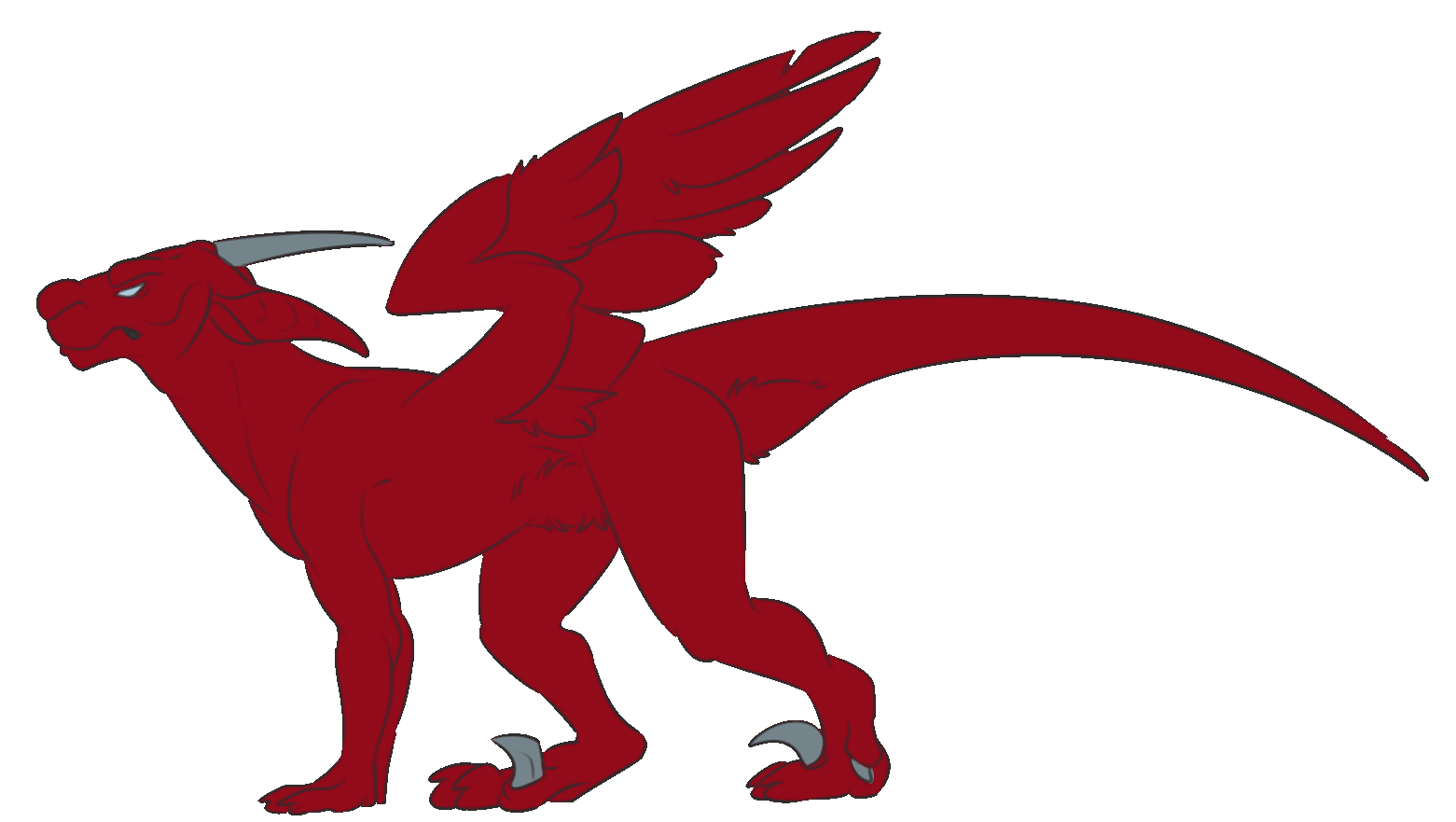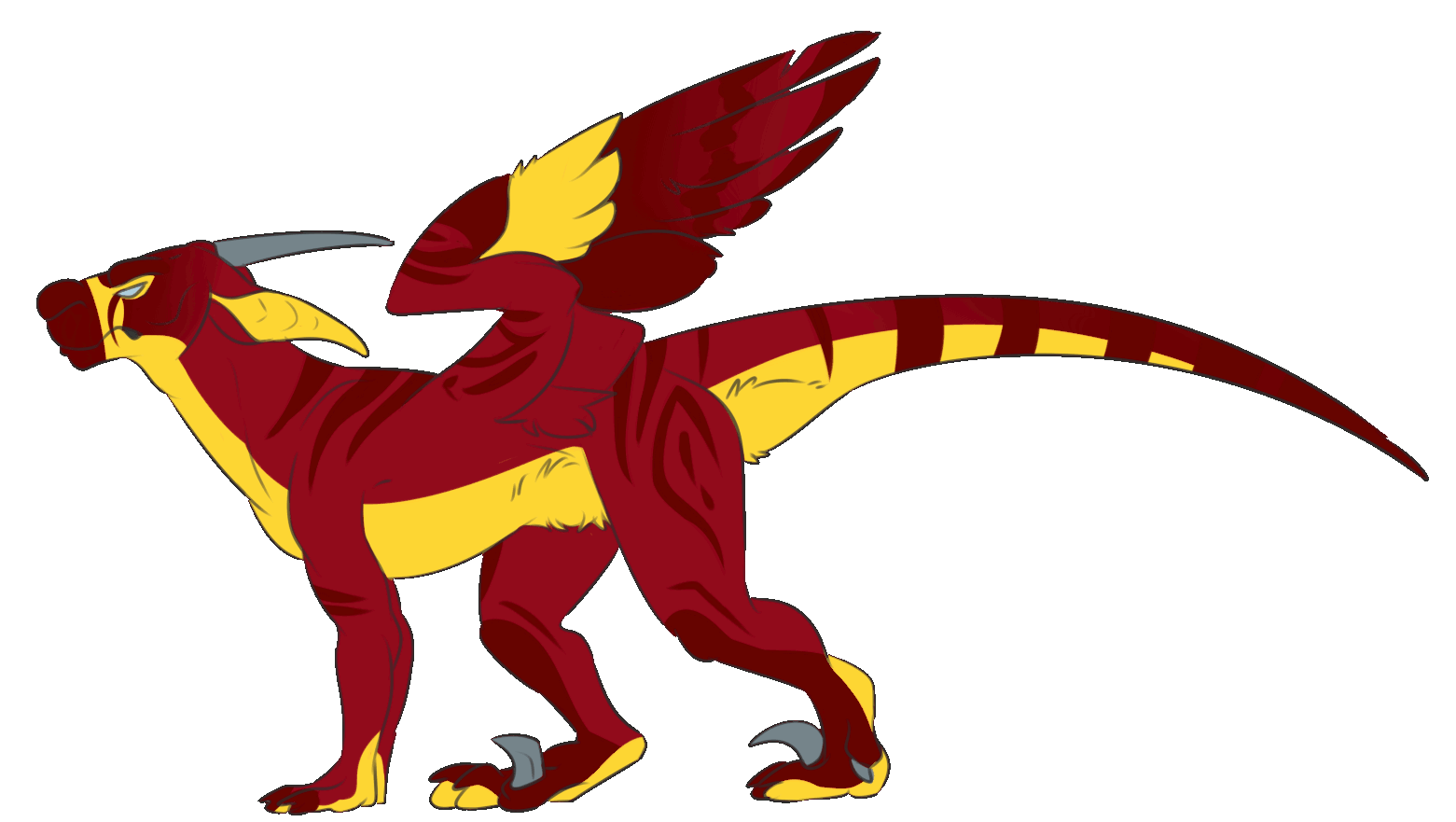

G E N E T C S
A key part of making this closed-species unique is the highly developed, yet fun and easy to enjoy, system for breeding! Over half our population of alladons on the register have come from breeding pairs in the server, with that number growing each day!
Currently, the only way to grab yourself a poucher is to grab a breeding slot with a designated 'Poucher Artist' on the discord server. These individuals have spent many, many hours reading about genetics (alladon and irl), or already have prior knowledge of how inheritance and genetic dominance works. So whilst it may seem like we're just mashing together two designs, there are MANY factors that come into play when creating your pouchers.
I N T R O D U C T I O N
A D V A N C D

R E L A T E D

"C O N T A C T M A R K I N G S"
"P E R F E C T 10"
S P E C T R U M S
If you haven't already, head over to the Skin Score page for a little more information about what the different species should look like!
Each species of alladon has a natural spectrum it's colours are more dominant to taking during a pair. Elites are more likely to catch red Ps, golden Ss, and dark red Ts. Darks are more likely to catch royal blue Ps, rich blue Ss and very light blue Ts. Furdons however are a tad different, but are overall more likely to catch greens from full fur pairs.
Whatever the species, the lay of the markings heavily depends on the 'weight' of parents ST. Weight, when in reference to colour/marking distribution, regards to the balance of the animals Secondary and/or Tertiary markings in comparison to the 'Perfect 10' image.
As a whole, all species should follow the contact markings into the center of the animal with their Ss and Ts. Depending on how heavy the parent's S or T will completely change how the poucher will look. Some parents with a weak S or T will cause a half and half on pouchers where the second parent has heavy S or T. Following the rule of 10 (perfection in the eyes of other alladons), Healthy pouchers will naturally assume the parent closest to the 10's S or T weight. Unhealthy pouchers born to low scoring or defective parents will be at a higher risk of inheriting the worse of the two weights, or having weight in areas that do not follow the contact marking rule.

B A S I C S - Primary, Secondary and Tertiary Markings
The most important thing to know about alladon colours is that they work on a 3 spectrum system; Primary, Secondary and Tertiary. I always tell people to use the 'Pizza Framework' when trying to decipher an alladon's PST- the base, the sauce and the toppings. In this instance, the base is an alladon's Primary, the sauce is their secondary and the toppings is their tertiary. Using that method, the next step is to take the don apart in layers. The colour at the very bottom of the stack will be it's primary, the next colour that primarily overlays the P will be the secondary, and the markings (usually the smallest percentage of coverage) that overlay them both will be the tertiary.

Another way of telling an alladons PST is to look at the location/coverage of the colours. Usually, an alladon's P will be most prominent on the most central
locations from the contact points. S will be more prominent on the contact points and T will be the least prominent in total but more dominant at contact points.
Now, this method doesn't always work (particularly on older designs (#1-#50)), so it is just a guideline of how best to determine colour layouts. If confused, ask another alladon or a poucher artist for their input!
Hang in there!
This part is a work in progress!


